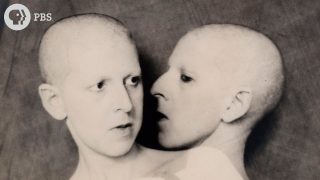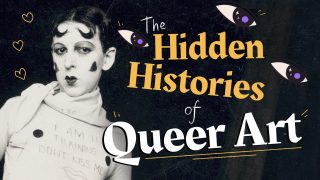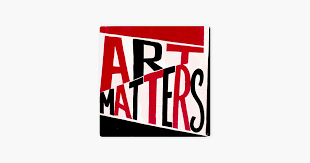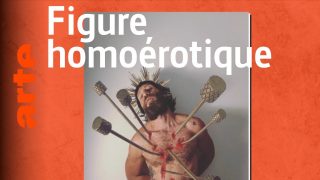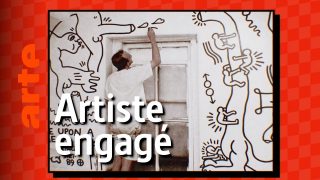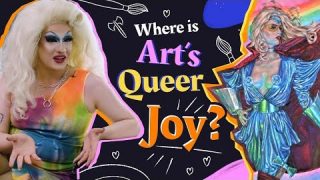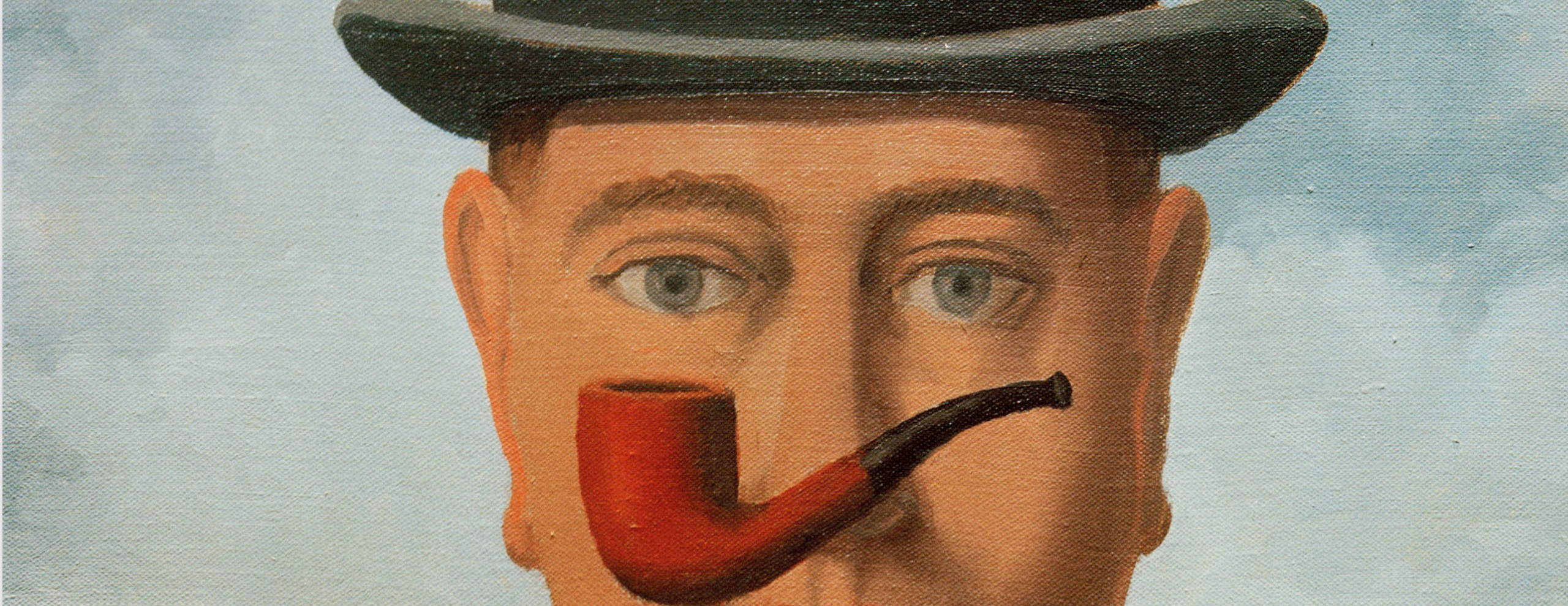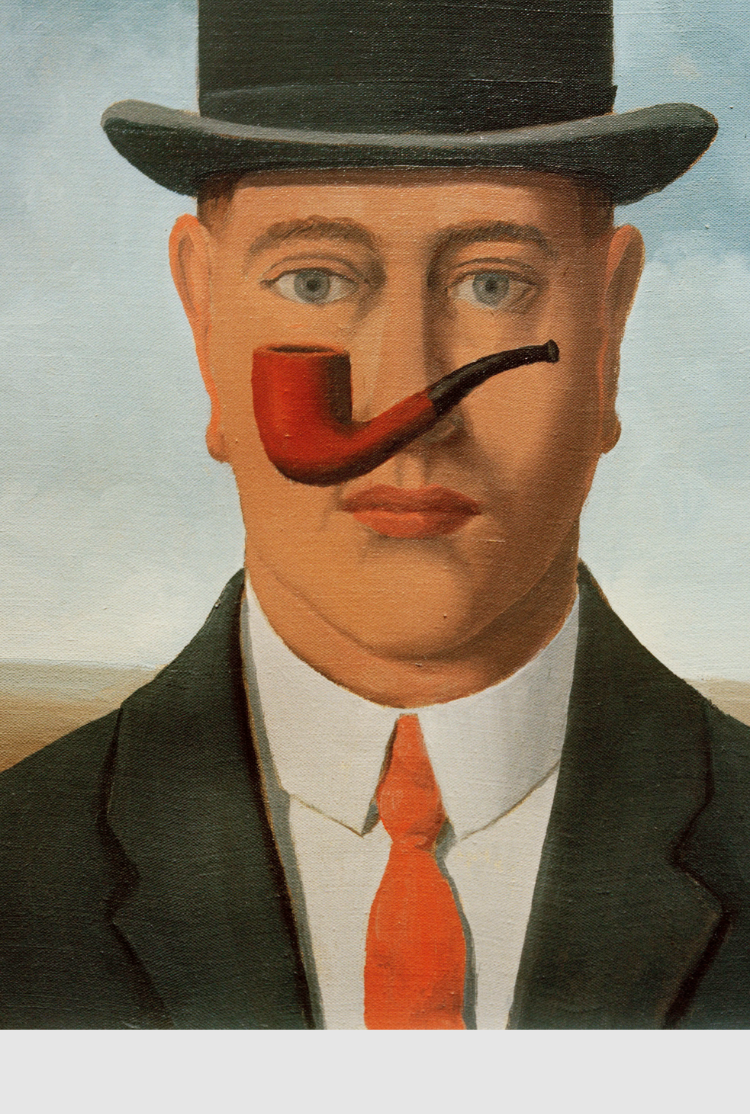Explore the visual symbols and language used by LGBTQ+ artists and communities to suggest hidden identities. Oscar Wilde and his circle famously wore a green carnation as a signifier of their identities. These flowers are just one example of the many visual symbols throughout history, which hinted at secret sexualities and identities that had been hidden. So what other coded symbols can we find in the history of queer art? How did today’s artist reference and re-use them? And how have hidden symbols transitioned to a wider and more expressive queer visual language?
Content produced by: National Galleries of Scotland

